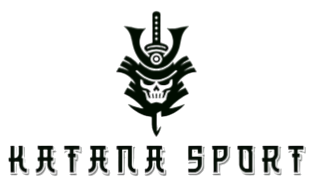Mastering document binding is a crucial skill for cultivating a polished and organized workspace. In the realm of professional environments, an orderly collection of documents not only enhances efficiency but also conveys a sense of competence and attention to detail. Document binding goes beyond the basic act of assembling papers; it is an art that transforms loose sheets into a cohesive, tangible entity. The choice of binding method plays a pivotal role in this process, offering a spectrum of options such as spiral binding, comb binding, and thermal binding, each tailored to specific needs. Spiral binding, with its sturdy metal or plastic coils, is an excellent choice for documents that require frequent flipping or lie flat when open. Its flexibility accommodates varying thicknesses of documents, making it versatile for reports, manuals, or reference materials. On the other hand, comb binding provides a professional look and facilitates easy document editing. The plastic comb spine allows for effortless additions or removals of pages, making it ideal for presentations or reports that may undergo revisions.
AfterPrint binding machines sleek and refined appearance, thermal binding emerges as a top contender. This method utilizes a heat-activated glue strip to bind the pages together, resulting in a clean, book-like finish. Thermal binding not only offers a professional aesthetic but also ensures the durability of the document. It is particularly well-suited for formal documents, proposals, or presentations where a sophisticated image is paramount. Beyond the choice of binding method, the selection of covers and backings further contributes to the overall impression of a document. Transparent front covers provide a glimpse of the document’s title, instantly conveying professionalism. Back covers, whether clear or solid, add stability and protection, ensuring that the bound document withstands the rigors of daily use. Additionally, the covers present an opportunity for branding or customization, reinforcing the document’s identity within the organizational context.
Effective document binding extends beyond the physical act; it involves meticulous organization and categorization. Implementing a systematic approach, such as color-coding or labeling, ensures easy retrieval and enhances workflow. A well-organized document binding system minimizes the risk of misplacement or confusion, fostering a workspace where information is readily accessible and productivity thrives. In essence, mastering document binding transcends the mere act of compiling papers it is an investment in professionalism and efficiency. By selecting the appropriate binding method, covers, and organizational strategies, one transforms a collection of disparate sheets into a cohesive, polished entity. A meticulously bound document not only reflects attention to detail but also contributes to the creation of a workspace that exudes competence and orderliness, setting the stage for success in any professional endeavor.
